5. Wings of Desire
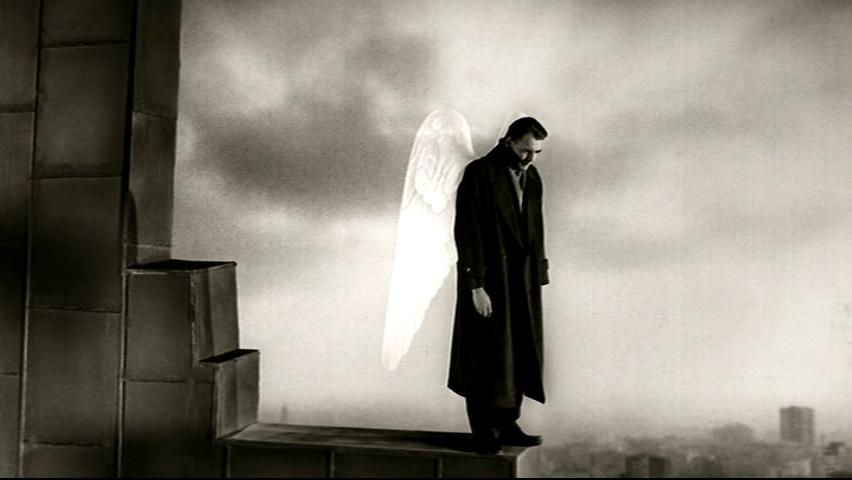
In this film directed by Wim Wenders and based on the book by Peter Handke, a meditation on human life and its value is made through the perspective of beings whose condition is precisely that of lacking humanity: immortal angels. These angels’ mission is to give company to humans in deep sorrow; they must give comfort to them in order to stop them from committing suicide.
Through the film, we see two angels, one of them invested in this task and the other caressing the idea of giving up his immortality in order to become a human being and experience life.
The perspective of the angles is reflected by the visual style of the film (exclusively in sepia tone), and the sound design in which they are isolated in order to understand how the angels experience life. There is a scene in which the loss of a human life is seen when an angel fails; it is structured in such a way that we feel the individual that is being lost in that moment. There is another scene in which a former angel talks to the one considering giving up his immortality; he explains the value of human life through the simple pleasure of feeling.
4. The Act of Killing
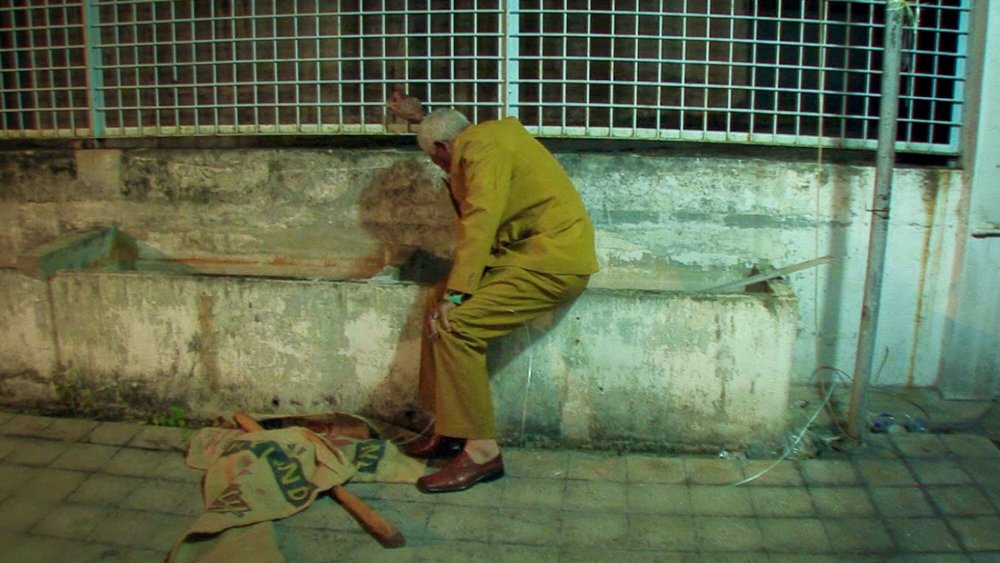
Joshua Oppenheimer spent more than 10 years in Indonesia making two documentaries on the victims and perpetrators of a massacre that sealed the current political and social landscape of Indonesia, “The Act of Killing” is a film focused on the perpetrators and the perspective they had on their actions.
Oppenheimer asked the perpetrators to recreate the murders they committed, and in this way they tell the story of how they did it. We understand that they do not conceive the murders as crimes, instead as patriotic actions, but the documentary is no only a portrayal of this perspective, but a portrayal of the process of the transformation of this perspective.
As the documentary unfolds, we get to know the perpetrators in their daily lives at the same time that they explain with detail how they murdered communists several decades ago. As they tell their stories, they start to grow silent and become affected by several parts of their story, as if they have started to signify their actions.
Oppenheimer never shows a conclusion by the perpetrators: he just shows the inner conflict that the perpetrators start to have, as we see them understand that it was just another human being they slaughtered. A documentary that displays the value of human life through the transforming glaze of the perpetrators of a massacre is one of the most unique, devastating, and necessary films about this subject.
3. Schindler’s List
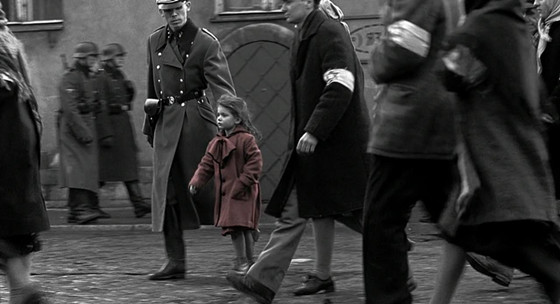
Steven Spielberg’s masterpiece, released in 1993, portrays the struggles of a German businessman named Oskar Schindler to save the lives of more than a thousand Jews during the Holocaust. The plot of the 194-minute film unfolds as it displays the brutality that the Jews were subjected to, and the delicate situation that Schindler holds has he tries to save lives and keep a friendly relationship with the Nazi regime. Through the film, we get to now both some of the Nazi officers, Schindler, and several of the Jews in the concentration camps.
In this film, the talent of many filmmakers was melted to create a profoundly moving and humanistic film. Janusz Kaminski executed outstanding black-and-white cinematography where the human being is portrayed both as a unique individual, and as a crowd of people who share their humanity. John Williams composed the score, which melted with the outstanding performances of Ralph Fiennes and Liam Neeson, among other great actors who appeared in the film.
All of the talent in this production was unified by Steven Spielberg to give life to the script by Steven Zaillian, full of episodes in which brutality and compassion reveal the value that one single human life has. This is summarized in one of the last scenes of the film in which a letter is given to Schindler that says, “Whoever saves one life, saves the world entire,” after which reading Schindler burst into tears due to the possibility that he could have saved one more life.
2. Come and See
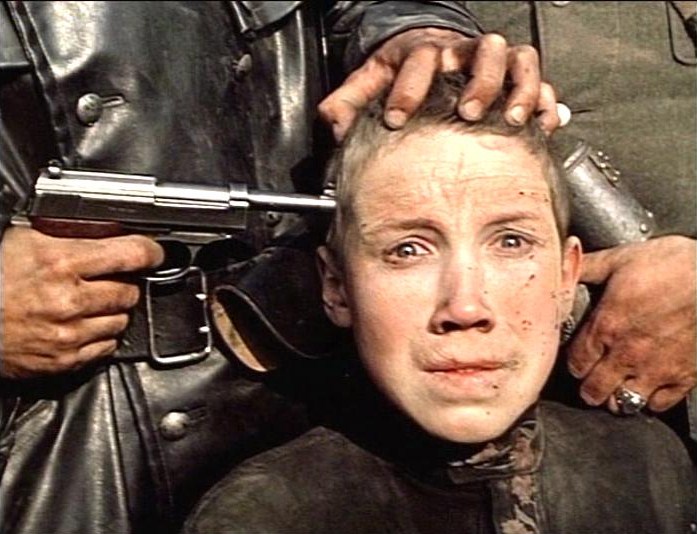
One of the ways to show the value of human life is through the moments and episodes in which it has been most brutally overlooked. A film achieves this is “Come and See,” directed by Elem Klímov and displaying the occupation of the Byelorussian SSR by the Nazi forces from the perspective of a boy who intends to become a partisan.
The film displays the devastation that the war, both as an almost abstract treat made of planes and explosions and a physical close one made of brutal soldiers, has on the people living in Byelorussian SSR.
The boy witnessed this devastation first hand, even the crude death of his father, and we experience it with him. The film has an extremely subjective sound design to make sure that the viewer experiences the trauma that the lead character is having.
“Come and See” is indeed a hard film to watch, and it does not have the luminous moments that other films do have, but it indeed is a powerful portrait of the one of the darkest moments of humanity, and thus a work that shows the necessity of not forgetting the value of human life.
1. The Great Illusion
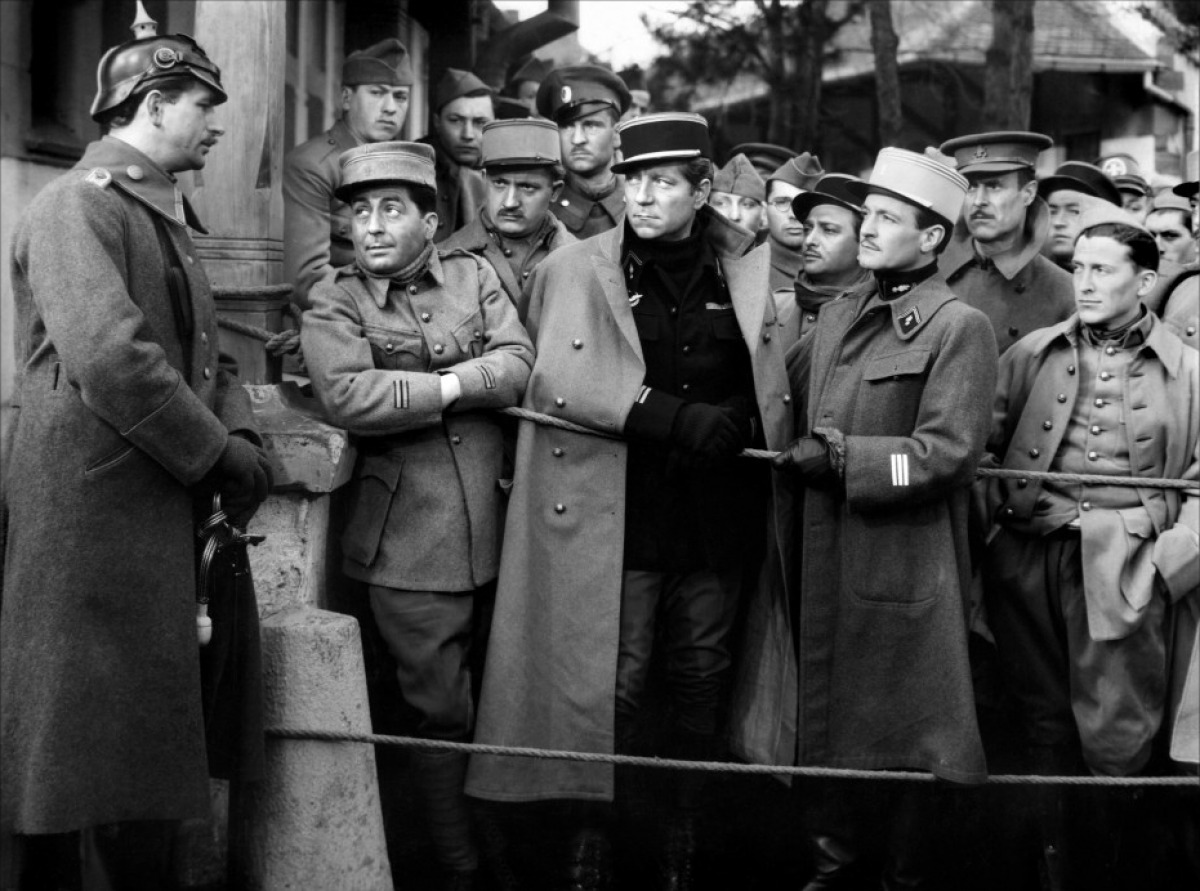
Orson Welles never made clear why he said that the one film that he would save among all was “The Great Illusion” by legendary French director Jean Renoir, but indeed we can think of many reasons why this film deserves the admiration of a filmmaker as great as Welles. It displays the fortunes and misfortunes of several officers of the French Army as they are prisoners of the German Army during the First World War.
This film is one of the Renoir’s masterpieces; it displays both his profound sensibility for directing actors and writing compelling dialogue, and his groundbreaking camerawork through which he created unique point of view, unique to the expressive element of cinema.
The film displays both the best and the worst of humanity, the isolation to which a human being can dehumanize a person through physical and social thresholds, and the possibility to go beyond these thresholds for genuine moments of human understanding. The camera constantly makes us notice both the threshold that divides people and the sense of community that people feel.
There are way too many compelling moments to name in a few paragraphs, but the conversational relationships between a French officer (played by Pierre Fresnay) and a German officer (played by Erich von Stroheim), as well as the relationship between a German woman who do not speak a word of French (Dita Parlo) and a French officer who does not speak a word of German (played by Jean Gabin), are perhaps the subject of the most memorable moments of the film.